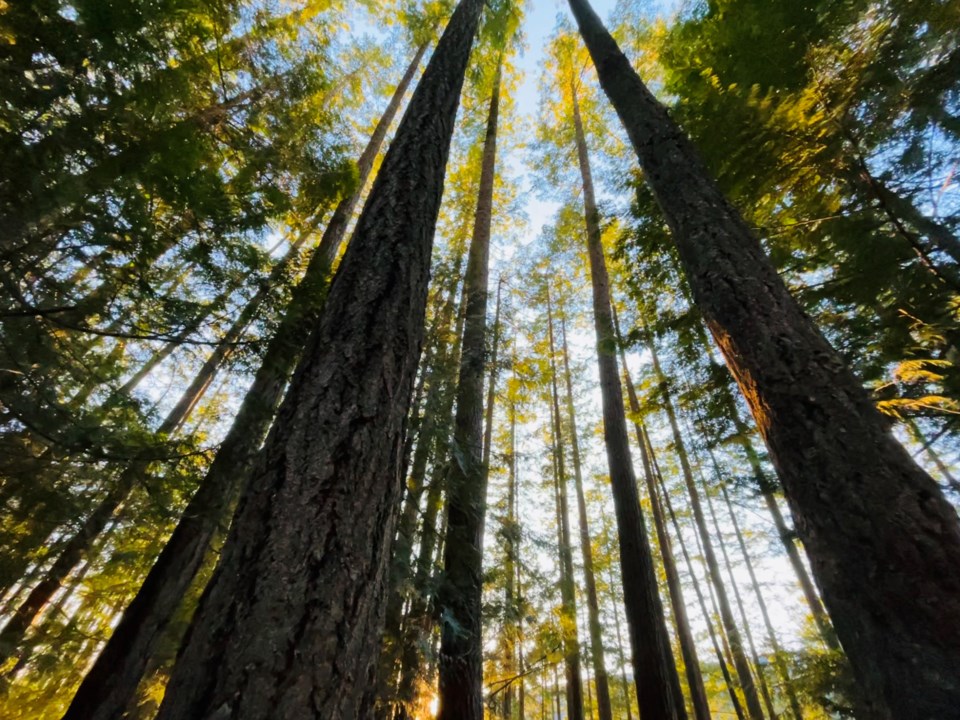A plan to protect urban tree canopy cover in West Vancouver will go to the public for further discussion after council voted to approve the plan in principle at a recent meeting.
West Vancouver’s urban forest plan sets out measures that could help retain tree cover in the municipality over the next 15 years, despite the loss of trees measured since 2018.
Among the measures being considered are an emphasis on keeping mature trees whenever possible, more planting of trees on municipally-owned land, and planting the right species so that young trees survive.
Several of the measures proposed include changes to how tree-cutting on private land under redevelopment is managed.
Those include considering protection of trees over 20 centimetres in diameter, ensuring building plans take tree retention into account and requiring more trees to be replanted when existing trees are cut down.
The plan also suggests considering further tree protections in neighbourhoods where there is a lower tree canopy retention – including Ambleside and the more urban areas on the east side of the district.
According to information presented to council, an aerial GIS analysis done in 2021 showed 51 per cent of the district below the 1,200-metre elevation line is covered with tree canopy. That showed a two-per-cent loss over the last analysis in 2018, said Heather Keith, senior manager of climate action and environment for the district – mostly as a result of private property redevelopment in Westmount and the British Properties, as well as clearing for the Rodgers Creek subdivision in the upper lands and along Highway 1 near Sunset Beach.
In terms of natural hazards, western red cedars in the district are particularly vulnerable to drought conditions, and the impact of prolonged dry weather has been noticeable, according to the report. Drought conditions have also made Douglas fir trees more vulnerable to beetle infestations while the hemlock looper moth that has afflicted trees in Stanley Park has also impacted trees in the district and neighbouring Capilano watershed.
A wildfire at Whyte Lake also had a localized impact on tree cover, according to the report.
Several members of the public turned out to council March 11 to urge adoption of measures called for in the report.
Rainer Fassler urged council to take stronger measures to protect trees in the community, calling West Van’s actions so far “amazingly timid.”
Fassler urged council to consider protecting trees bigger than 20 cm in diameter on all private properties – not just those being redeveloped.
“Let’s protect the trees we have,” he said.
Mary Gamel also urged greater tree protection, noting 60 per cent of the district’s tree canopy is on private land and much of that has no protection.
Coun. Nora Gambioli urged her council colleagues to get on with adopting the plan, voicing concern that the district has likely lost a lot more tree canopy since the last analysis was completed. She argued the plan has already been through several rounds of public consultation, dating back to 2022.
But both Mayor Mark Sager and Coun. Sharon Thompson said a fuller discussion with the wider community is needed before deciding priorities, with Sager noting trees are always a hot topic in the municipality.
Staff will now plan a public meeting on the issue. District staff will also come forward during budget discussions for approval of requests that will result in added expenses.



